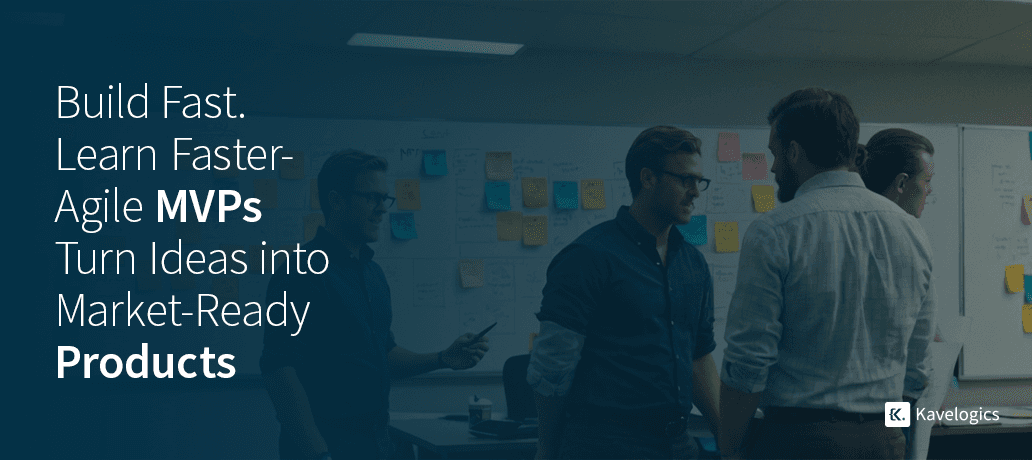A startups vision is more than a high ambition; its your guiding star. It specifies the problem yore solving, who youre doing it for, and where you hope to be in the following three to five years. To guide execution, this vision must be actionable. We want to empower local retailers with AI-driven inventory management is considerably more successful than a generic goal like We aim to disrupt retail. Once the vision is established, focus on strategic objectives rather than surface-level goals. Prioritize market positioning, main product milestones, revenue targets, and customer satisfaction metrics. Strategic planning establishes the foundation for startup success, from the development of MVPs to AI automation for small businesses. Using a framework like OKRs (Objectives and Key Results) allows you to stay focused and outcome-driven across the board. Scalable infrastructure planning is an essential component of your roadmap if your goal involves providing AI-powered web Development for Small Businesses.
Startups also need to understand how to set priorities. Due to resource constraints, it is imperative to concentrate just on projects that provide the greatest return on investment. Determine which two or three things must be done in the next ninety days, and try not to get sidetracked by things that dont seem important. Priority noise is reduced with the use of tools such as the Eisenhower Matrix. However, many founders fall into the trap of striving for perfection; momentum is more important. Put your attention on developing MVPs (Minimum Viable Products), getting early market input, and refining through agile sprints. Iterate rapidly and change course when necessary; speed and flexibility are your greatest advantages. Speed and flexibility are crucial while developing your MVP, particularly in No-Code SaaS Platform Development for SMBs.

Startups also need to understand how to set priorities. Due to resource constraints, it is imperative to concentrate just on projects that provide the greatest return on investment. Determine which two or three things must be done in the next ninety days, and try not to get sidetracked by things that dont seem important. Priority noise is reduced with the use of tools such as the Eisenhower Matrix. However, many founders fall into the trap of striving for perfection; momentum is more important. Put your attention on developing MVPs (Minimum Viable Products), getting early market input, and refining through agile sprints. Iterate rapidly and change course when necessary; speed and flexibility are your greatest advantages. Speed and flexibility are crucial while developing your MVP, particularly in No-Code SaaS Platform Development for SMBs.
Indeed, taking risks needs to be a component of the plan. The most successful startup blueprints allow for risky trials. Consider the cost of inaction before acting, and whenever feasible, test concepts in low-stakes settings. Smart risk is about pushing boundaries in a methodical and controlled manner, not about gambling. In the end, strategic planning is a dynamic process that changes as your startup takes on new challenges. Maintaining flexibility in your execution strategy while adhering to your vision is crucial. Continue to be inquisitive, responsive, and most importantly, active.

Conclusion:
In conclusion, building a startup requires more than passion—it demands precise, adaptable, and visionary planning. Define your vision clearly, turn it into strategic objectives, prioritize what truly moves the needle, stay agile with execution, keep your team aligned, trust the right metrics, and make room for bold, calculated risks. When strategy becomes a habit, not just a document, execution becomes inevitable—and growth becomes unstoppable.



